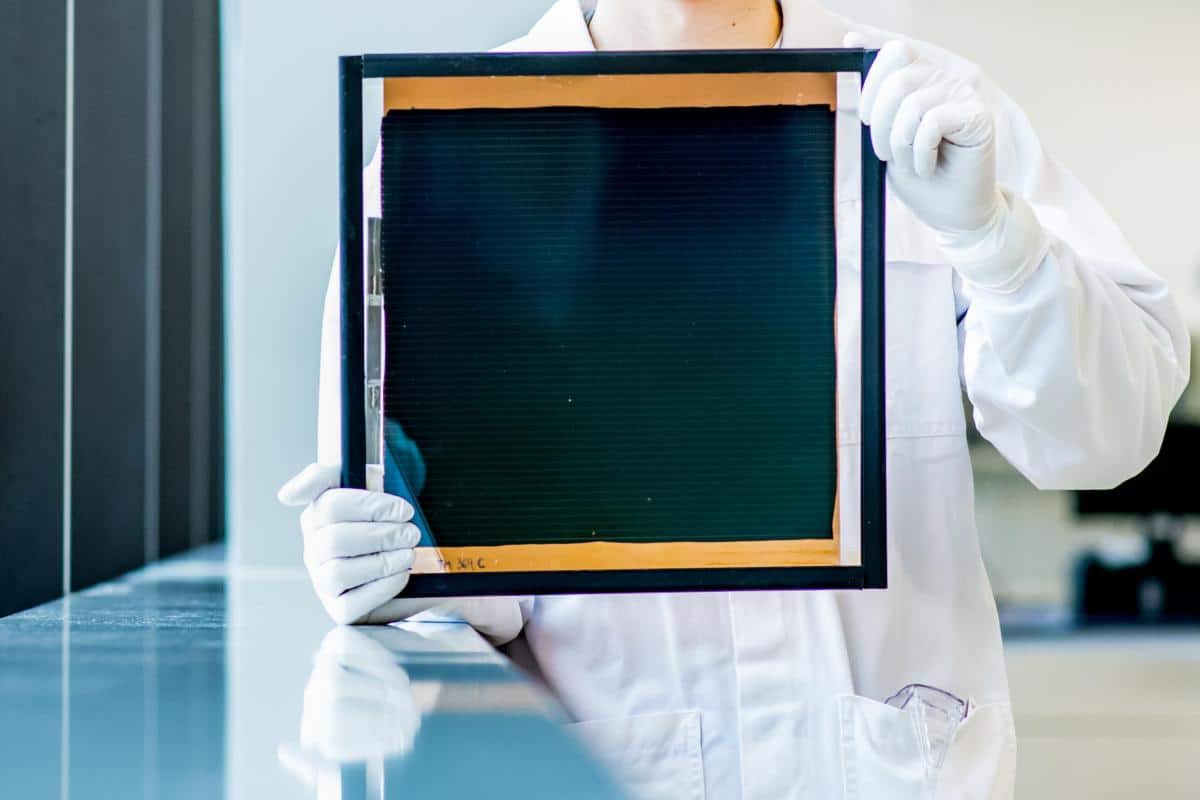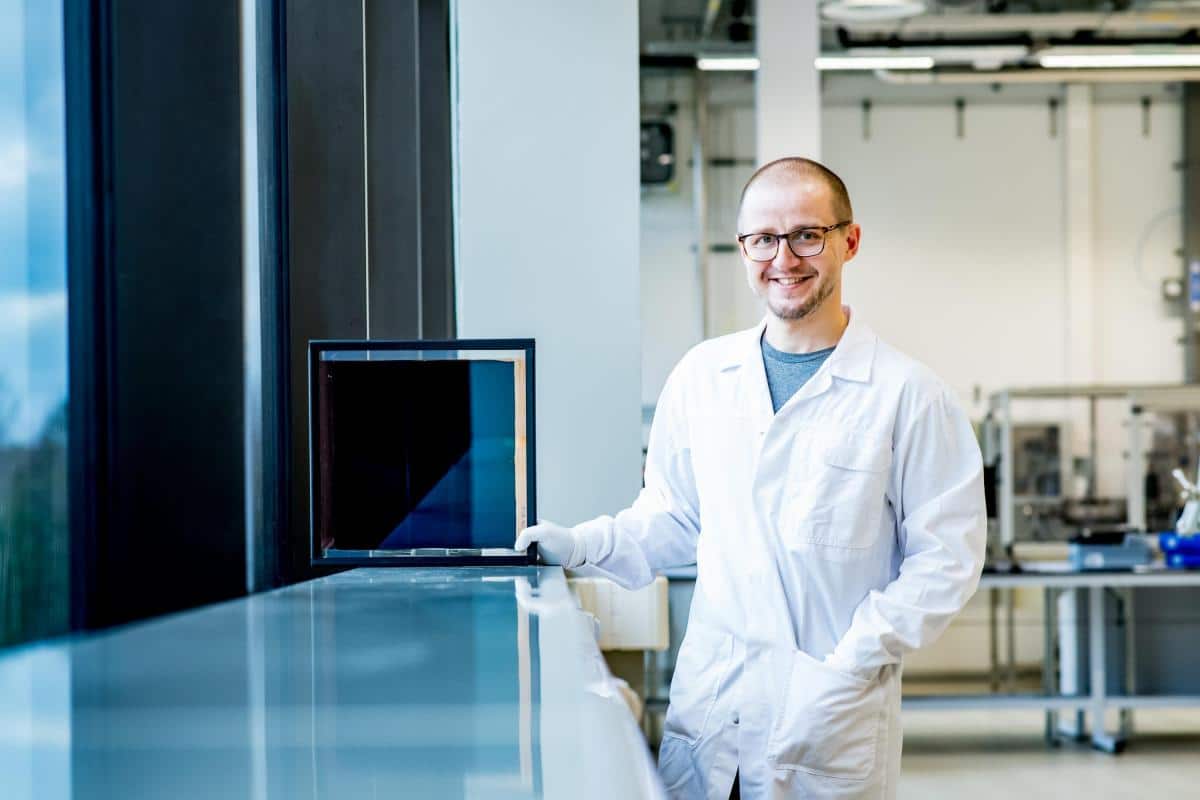PERCISTAND – Development of all thin-film PERovskite on CIS TANDem photovoltaics
Estimations suggest that an increased efficiency of photovoltaic (PV) appliances above the Shockley-Queisser single-junction limit is related to the creation of tandem devices. The EU-funded PERCISTAND project will focus on the development of innovative materials and processes for all thin perovskite on chalcogenide tandem appliances. The project will focus on four-terminal tandem solar cell and module prototype testing on glass substrates. The goal is to obtain efficiency, stability and large-scale manufacturability for thin film PV that will be competitive with existing commercial PV technologies. The results of the project will support the EU in regaining predominance in thin film PV research and production.
A realistic approach to increase the efficiency of photovoltaic (PV) devices above the Shockley-Queisser single-junction limit is the construction of tandem devices. PERCISTAND focuses on the development of advanced materials and processes for all thin film perovskite on chalcogenide tandem devices. This tandem configuration is at an early stage of development today.
The PERCISTAND emphasis is on 4-terminal tandem solar cell and module prototype demonstration on glass substrates, but also current- and voltage-matched 2-terminal proof-of-concept device structures are envisaged. Key research activities are the development and optimisation of top wide band gap perovskite and bottom low band gap CuInSe2 devices, suitable transparent conductive oxides, and integration into tandem configurations. The focus is on obtaining high efficiency, stability and large-area manufacturability, at low production cost and environmental footprint.

Efficiency target is 30 % at cell level, and 25 % at module level. Reliability and stability, tested in line with International Electrotechnical Commission (IEC) standards, must be similar as commercially available PV technologies. High manufacturability means that all technologies applied are scalable to 20×20 cm2, using sustainable and low-cost materials and processes. The cost and environmental impact will be assessed in line with International Organization for Standardization (ISO), and must be competitive with existing commercial PV technologies.
Such a tandem device significantly outperforms not only the stand-alone perovskite and chalcogenide devices, but also best single-junction silicon devices. The development will be primarily on glass substrates, but also applicable to flexible substrates and thus interesting for building integrated photovoltaic (BIPV) solutions, an important market for thin film PV. Hence, the outcome has high potential to strengthen and regain the EU leadership in thin film PV research and manufacturing.

What is the role of EnergyVille within the project?
EnergyVille/imec: The imec researchers at EnergyVille coordinate the project. They focus on:
- the development of low bandgap chalcogenide and wide bandgap perovskite solar devices.
- the integration of these devices into tandem architectures with the incorporation of appropriate oxide-based interlayers.
- Upscaling of lab-scale devices to mini modules.
- Structural and morphological characterisation, and electrical measurements.
The key research facilities will be our full processing line for perovskite and chalcogenide thin film PV solar cells and modules up to 30×30 cm2.
EnergyVille/VITO: The VITO unit on Sustainable Energy and Built Environment will be the leader for the impact assessment (energy yield modelling, environmental assessment and techno-economic assessment).
EnergyVille/UHasselt: The Environmental Economics research group is involved in techno-economic assessment (TEA). The Electrical Systems Engineering group is involved in stacked and monolithic tandem development and electrical modelling. The Nanostructure Physics Group will work on Pb-free perovskite materials and their implementation in tandem solar cells.